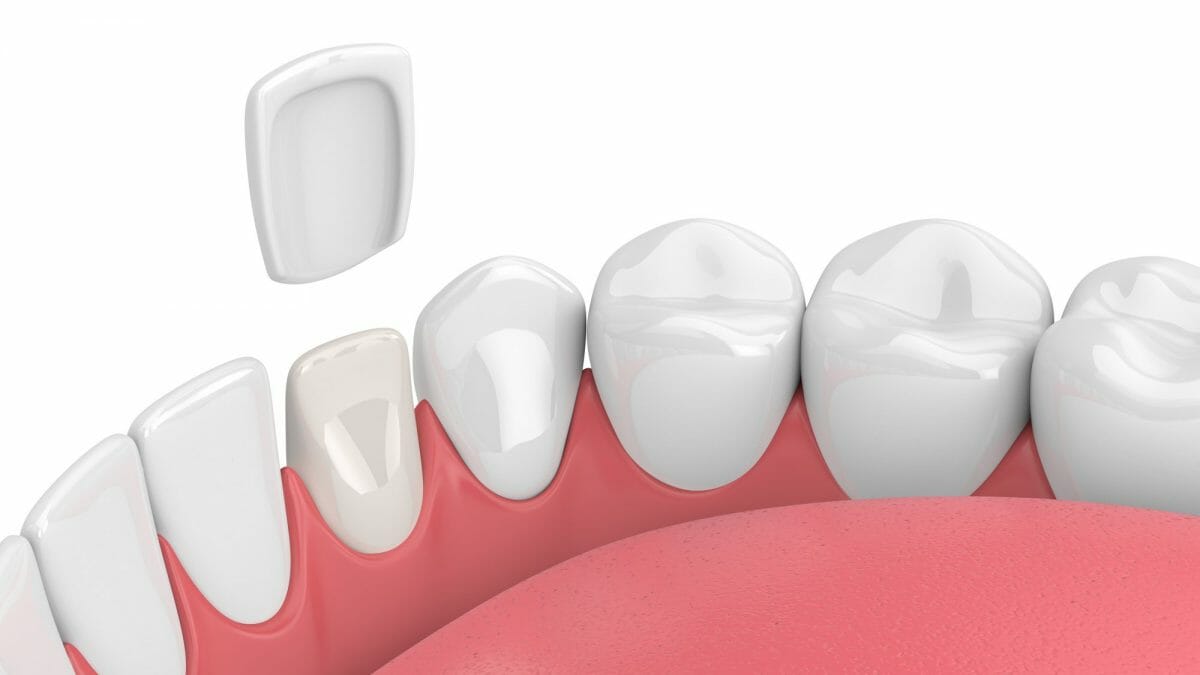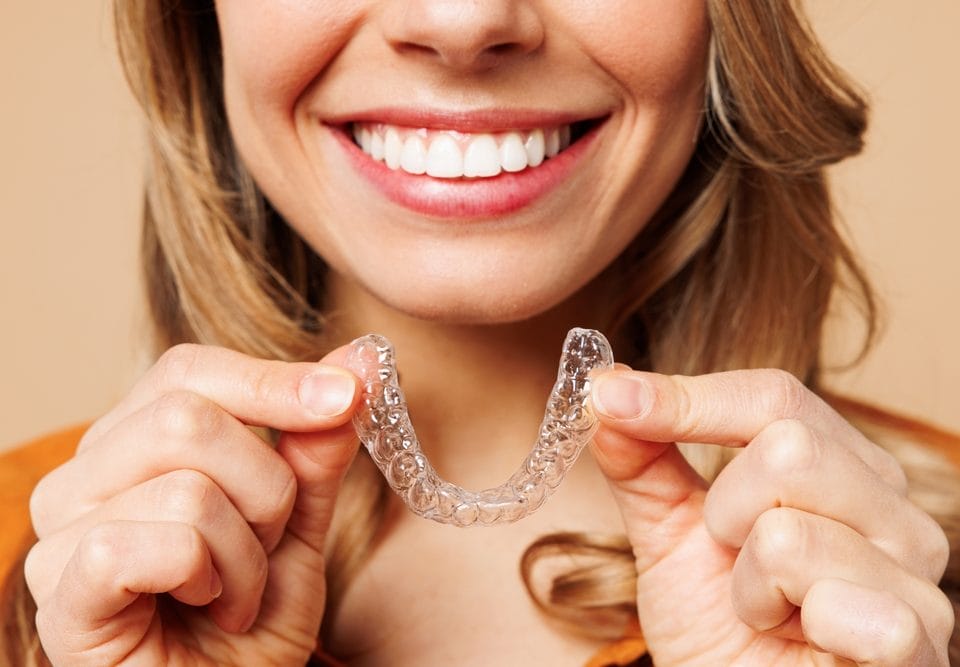
Having a dental emergency? Call us!
614-882-1135
We understand that dental emergencies can happen at any time. If you're in need of urgent care, give us a call, and we'll do everything we can to assist you when it matters most.
Patient Testimonials
Discover Better Dentistry
Become a part of the
Westerville Dental family!
We're accepting new patients. Our dental team prides itself on delivering a truly efficient and enjoyable experience while you’re with us.

A friendly smile is a universal language. But what if your smile isn’t quite what you’d like it to be? Is there something you can do? Something your dentist can do? Happily, there is. It’s called a dental veneer.
What is a dental veneer?
A dental veneer is a shaped covering — a wafer-thin piece of porcelain — that fits over the front surface of a tooth to give it a different color, shape, or size. Like veneer on a piece of furniture, or a slipcover for a chair, each dental veneer is custom created for the tooth it will cover and permanently bonded in place.
Porcelain dental veneers have been around since the early twentieth century, when a Hollywood dentist created them for his celebrity patients. His veneers were simple caps that fit over a tooth. Actors would wear them for filming and take them off when their workday was finished. Today, dental veneers are much more than slip-on caps to wear for photos and film. They are permanent, natural-looking, and available to anyone, and they are chosen for a wide variety of reasons: because teeth are stained, discolored, crooked, oddly shaped, out of line, or their enamel has worn down. People also choose veneers just because of how their teeth look, for example, to make the color of their teeth more uniform, to close small gaps between teeth, or to hide a tooth that isn’t quite in line with the others.
Who is a good candidate for veneers?
To end up with a lasting veneer, you need to start with a tooth that’s in good health to begin with, so a potential candidate for a veneer is someone who already takes good care of their teeth. Having fairly straight teeth is also important, as is a well-aligned bite, and not having a habit of grinding or clenching your teeth (which puts pressure on the porcelain, which can crack). In addition, veneers won’t stick to a tooth with insufficient tooth enamel; a dentist won’t place a veneer on such a tooth.
It’s important to consult a professional dentist who can determine whether you are a good candidate. Unlike the temporary caps old-time film actors wore, modern veneers are permanent; they cannot be removed without damage to the tooth. Because of this, a number of dental issues – gum disease, numerous cavities, and tooth decay, for example – can make a tooth unfit. If you have such an issue, you may need restorative dental treatments before you can consider veneers, and your dentist can help.
What’s the procedure for getting veneers?
Porcelain veneers require preparation and usually involve at least two visits to your dentist. During the initial visit, your dentist will examine your teeth to determine whether dental veneers are appropriate for you and can achieve the look you’re seeking. If veneers are right for you, your dentist first needs to reshape your tooth’s surface, removing enough enamel to match the thickness of the veneer. Once the tooth is reshaped, he or she will make an impression of it to send to the dental lab where your veneer will be created.
This first visit is the time to talk with your dentist about the procedure, its cost, and the outcome you anticipate. Be honest about why you want veneers, what your budget can support, and whether your insurance will cover them. (Most dental insurance doesn’t, so we have a savings plan to help.) Be up-front about your expectations, especially if you’re looking for a gleaming white smile. A veneer is made to cover the front of a tooth. It doesn’t replace a tooth. A veneer can make a big difference in a smile, but it will always mimic the look of your natural teeth, which are really not pure white, despite the blinding smiles you see in photos of celebrities.
When the veneer comes back from the lab, your dentist will apply it to your tooth, examine it, then remove it and make needed adjustments. This may be done several times, to fine-tune the fit and match the color to your own teeth. Once everything is ready, dental bonding cement will secure the veneer onto your tooth in a natural position, then a special light beam shone onto the veneered tooth will activate chemicals in the cement, so that the cement will harden – or cure – quickly.
How do I care for veneers after I have them?
Because veneers cannot be removed once they are applied, you’ll want to help your veneers last as long as possible. If you take good care of them, porcelain veneers can last 10-15 years. That’s why good dental hygiene – daily brushing and flossing, along with regular professional dental care – is as important for veneers as it is for your natural teeth. Taking a few precautions will help you maintain the good-looking teeth you wanted:
- Never chew on hard objects, such as ice, pens or pencils, even your fingernails
- Don’t use your teeth to open packaging or food packets
- Chew with your back teeth, especially when eating hard foods; cut up candy bars and hard snacks so you can do this
- Wear a mouthguard if you play sports.
We offer a full range of Family Dentistry services at Westerville Dental Associates, and we are experts at dental veneers. We invite you to contact our office today to discuss how we can help you get the teeth you’re looking for.


 Meet Dr. Stickel
Meet Dr. Stickel Meet Dr. Zody
Meet Dr. Zody Meet Dr. Choi
Meet Dr. Choi Meet Dr. Son
Meet Dr. Son



